“There’s a world of difference between truth and facts. Facts can obscure truth.” Maya Angelou
A lot of research has been done to discover if there is any truth to the idea that there are actually “learning styles.” The studies have found that there is no scientific basis for learning styles. Instead, they found that people were able to effectively learn using either visual, auditory and/or kinesthetic sensory modalities.
It may be a fact that there is no a scientific basis for learning styles, but any trainer can tell you in truth that there are certainly learning preferences. If you ask a group of participants how they learn best, you will get a wide range of answers that fall neatly into existing “learning style” categories.
For example, participants identified the following learning preferences in a recent train-the-trainer session: group discussion (interactive learning), role play (kinesthetic), games (haptic), stories (aural), videos (visual), and case studies (print). [Note: There are many different “learning style” descriptions. The items in (parentheses) relate to Perceptual Learning Styles].
Closer to home, I know that I do not learn by listening- to lecture, to audio books, to stories, or even to news on the radio. I hear what is said, but I don’t process it or retain it. I need to read something if I want to learn it. I also need to practice it.
My experience with a young fellow attending a fluorescent lighting class underscored the reality that learning receptivity and engagement depend, at least for some people, on very specific teaching methods and learning activities.
During the instructor’s discussion of lighting theory (actually, not relevant to the course but offered in an interactive and engaging manner just the same), all of the other participants offered opinions and participated in the discussion. This young man just sat there. He did, however, raise his hand twice over the course of two hours to ask when the class would be working with the lights themselves.
The first time he asked that question, he was voicing my own thought- since I was there to audit the course). It wasn’t until he asked the question a second time that it occurred to me that he was a kinesthetic or haptic learner. I found a large rubber band in my purse (don’t ask why it was there, I have no idea) and gave it to him.
Literally within seconds, he transformed into an active participant, joking and talking with the group. When the lunch break came, the instructor raced over to him to make sure that he didn’t lose the rubber band.
It is possible, of course, that these are just exceptions to the rule that there are no learning styles. But I don’t think so.
On the other hand, perhaps these examples support the importance of whole body learning, in which most, if not all, of the senses are engaged.
What do you think?
May your learning be sweet.
Deborah





